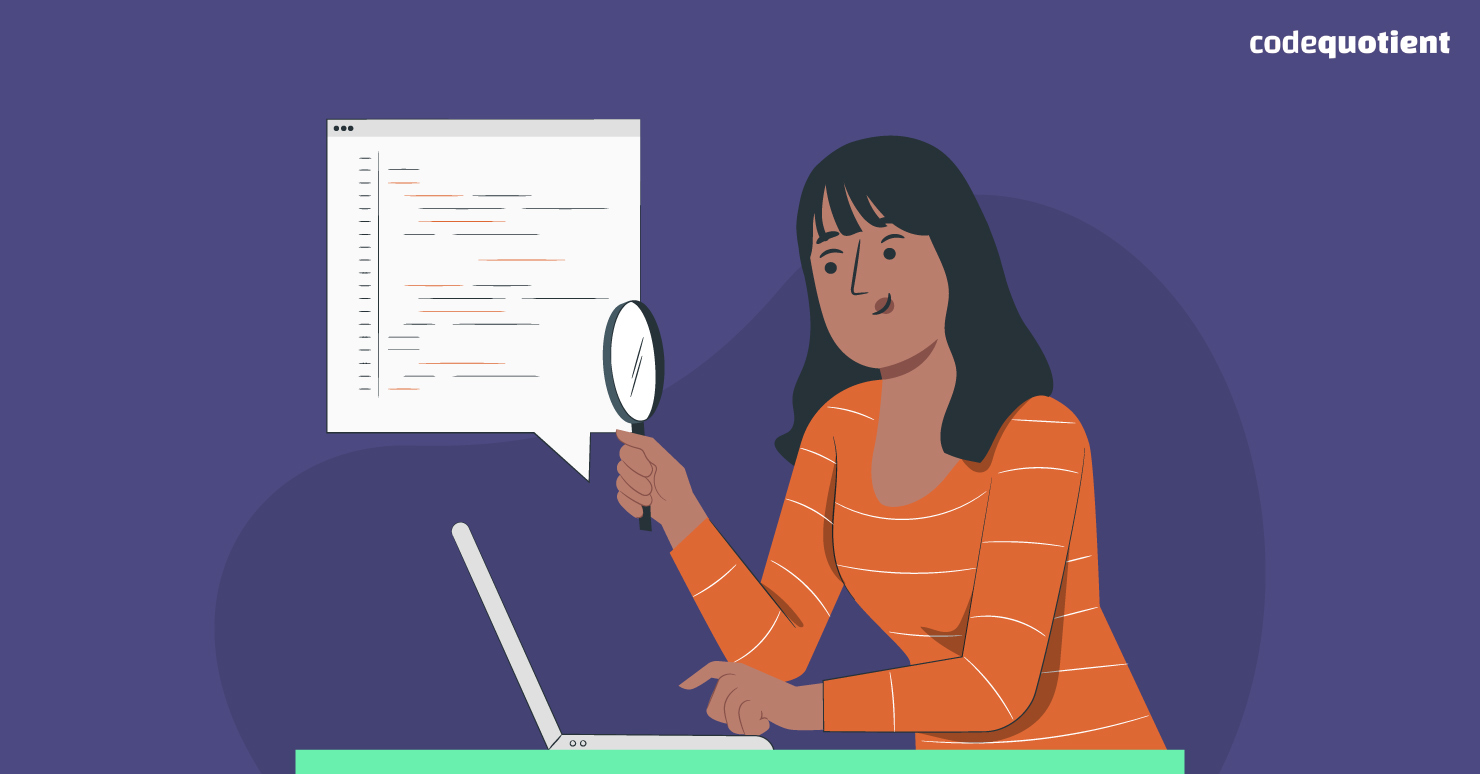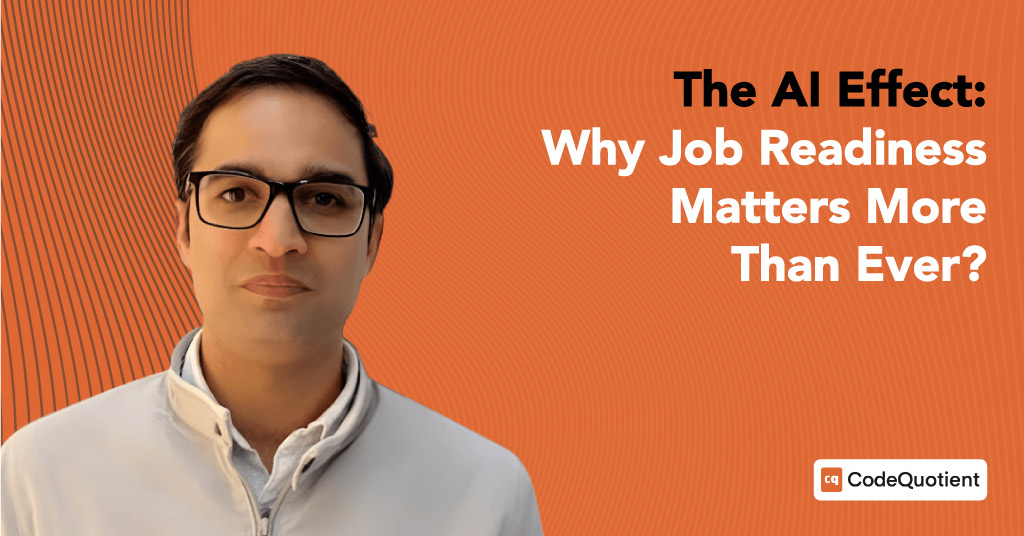Would you keep visiting a dull, ugly, and unresponsive website? Obviously not. As a software learner, you may wonder if you might learn to create a better user interface. In that case, you should enrol in a front-end developer course.
Do you wish to learn front-end development and create aesthetic and attractive yet responsive websites? If yes, you are probably confused about which programming languages you need to learn. Joining a front-end developer course might seem like a good idea but ensure that it covers all the crucial front-end programming languages.
But why front-end?
We live in an era where individuals, businesses, and organisations need a website and an app for every task. The foundation of building any user-friendly mobile or online application is a robust and good-looking user interface (UI). In light of this, front-end development is important for both web and app development.
This article lists all the important front-end programming languages that a good front-end developer course must cover.
What is Front-End Development?
You probably already know that front-end development is something about the user interface of any software application. However, do not assume that it entails choosing font size, colour scheme or positioning of the buttons and images. It is much more than that.
Front-end development involves designing and developing all the client-facing features of a website or an app. It includes the design, structure, behaviour, navigation, formatting, image and text alignment, themes, styling, etc. In short, it consists of every element the user can see, experience or interact with in a web or mobile application.
As a front-end developer, you will design the visual look and feel of a website or app using web programming languages like HTML, CSS and JavaScript. Yes, you will have to code. In addition, you will also help with debugging errors that users may encounter. Your main objective is to ensure the performance and responsiveness of the graphical user interface of the application. Thus, you must possess both technical skills and creative flair.
Web development, often known as full-stack development, combines the front-end (client-side) and back-end (server-side). Learn more about the benefits of taking a front-end developer course or full-stack development.
8 Front-End Programming Languages A Front-End Developer Course Must Have

Before you sign-up for a front-end developer course, do your research and ensure it covers most of these front-end programming languages if not all.
1. HTML
HyperText Markup Language, also known as HTML, is one of the easiest languages to learn and is used to create web pages. Since every web page on the internet employs HTML in some form, it serves as the foundation for the World Wide Web (WWW). You can easily add content, images, buttons, links and other elements and tell your browser how to display them. Technically speaking, HTML is a markup language rather than a programming language, which means you can add symbols to a text page to control its structure and appearance.
2. CSS
If HTML is brick-and-mortar, then Cascading Style Sheets or CSS is the paint on the wall. It comes with many style sheets or templates you can use to change a web page’s design. It is always used with a markup language like HTML to format and style the content you create using HTML. You can set background and text colours, change fonts, control animation, and add effects to make the web page more readable and presentable.
3. JavaScript
JavaScript is an object-oriented programming (OOP) language used in both the front-end and back-end. Being one of the most popular programming languages, it is also used in games and mobile development. Unlike the previous two, it supports logical operations like user authentication, database connection, communication with APIs, user interaction and adding functionalities to the web pages. With JS, you can create dynamic, interactive and user-friendly webpages.
4. ReactJS
React is a free, open-source JavaScript library built by Facebook for building user interfaces for web applications. It is not a programming language but a library with pre-built functions that you can use to create interactive elements. It is simple, lightweight and easy to learn, provided you already know JavaScript. As a front-end developer, the user experience must be your top priority, and mastering React will help you create engaging, rich user interfaces.
5. jQuery
jQuery is another open-source JavaScript library used by 77% of websites as it supports most browsers. It gives more functionality to your application with less code because it is small, fast and lightweight. It is a feature-rich library with functions like HTML traversal, event handling, AJAX, animations, document manipulation, CSS manipulation, etc.
Because of its adaptability, you can enhance JS without learning new syntax.
6. Angular
A successor to AngularJS, Angular is an open-source, Typescript-based JavaScript framework developed by Google for creating single-page applications (SPA). SPA is a web app where you convey information and facilitate user interaction without navigating to another page. It has several tools by default, including a CLI (command line interface) where you can quickly create apps, and test and deploy them. With Angular, creating animated menus, dynamic SPAs, services, components, and modules is easier.
7. Vue
Vue is yet another open-source JavaScript framework that you can use to create outstanding UIs and SPAs. It is highly adaptive and flexible, allowing you to create templates using virtual nodes in JS, pure JS and HTML files. If you are familiar with React and Angular, Vue is simple to comprehend, but the fundamentals of JavaScript and HTML are all you need to get started.
8. Swift
Swift is an open-source programming language developed by Apple for building iOS, Mac, Apple TV and Apple Watch apps. It is an object-oriented programming language and has a similar syntax to Objective-C. It is easy to learn with a simple yet expressive syntax and has a large community of programmers. Master Swift, and you can develop both the front-end and back-end of an iOS app.
Apart from the above, you can also learn other JavaScript Frameworks like Ember, Backbone and other front-end programming languages like TypeScript, Elm, Flutter, etc.
Next Steps
Although these are the important front-end languages you need to check in a front-end developer course, don’t hold back yourself from learning back-end languages. You can learn PHP, Python, Ruby, C++, Java, Node.js, C#, GO, or frameworks like Ruby on Rails, Express, Django, Spring, etc. Check out our previous article to learn about the steps in Web Development.
If you want to join a front-end developer course, consider joining CodeQuotient’s SuperCoder program, where you get to learn not just front-end but back-end languages too. You can become a Full Stack Developer for FREE.




